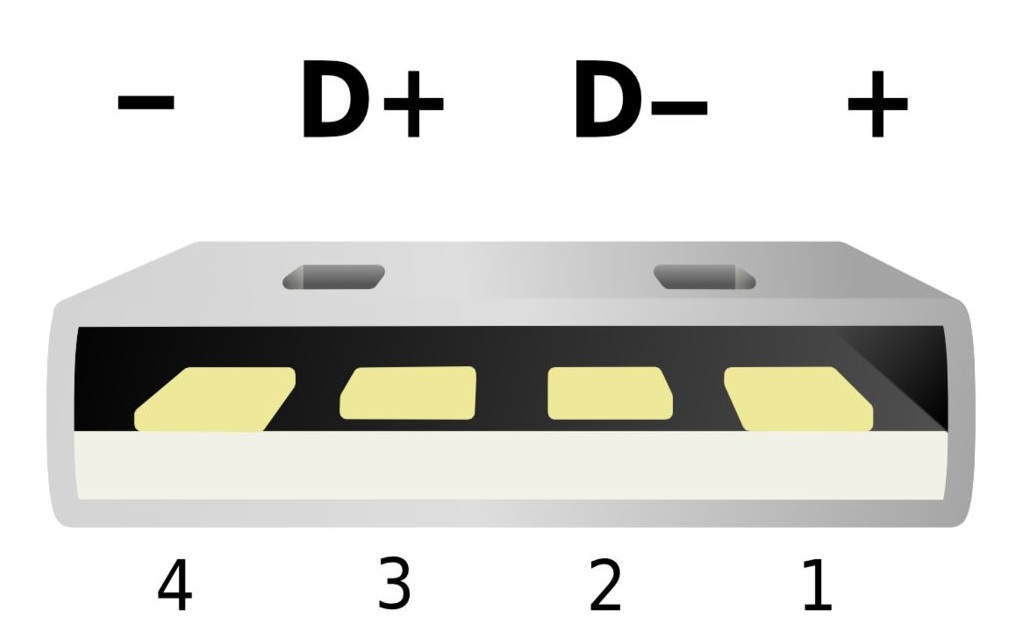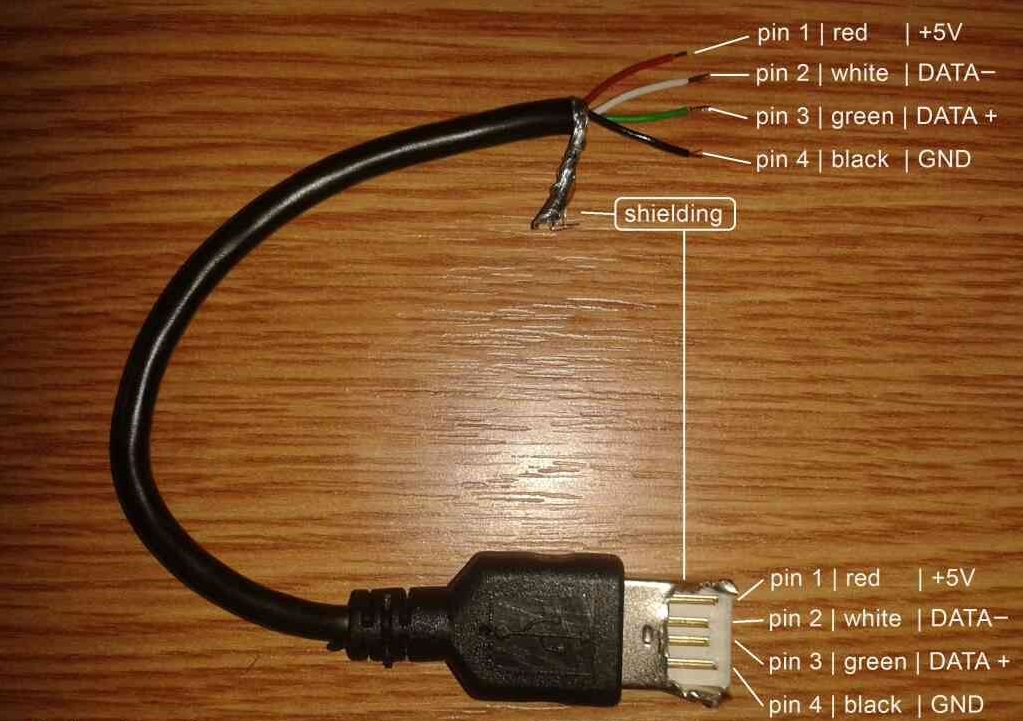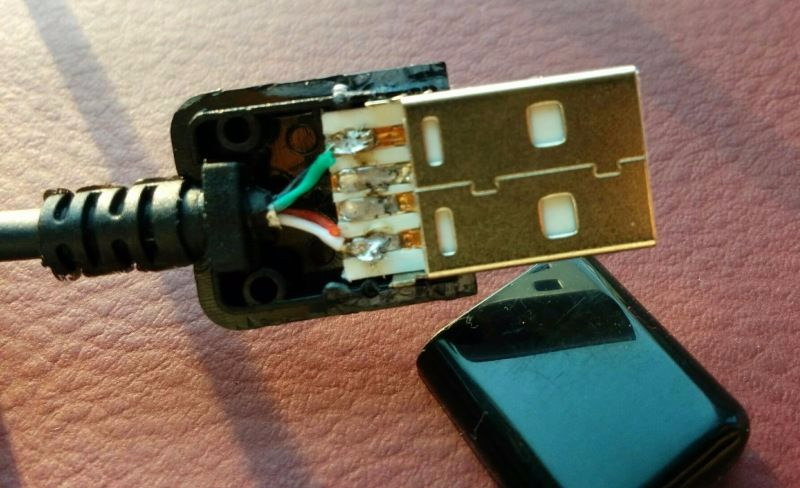Types of USB cables
Because the majority of the USB cables being sold and shipped with smartphone support data transfer, you might have been wired to believe that all cables support data transfer. Well, they don’t. Generally, there are two types of cables;
How (and why) are these cables different?
What differentiates a charge-only USB cable from a data cable is the how they are produced. More precisely, their wiring system — the number of wires within the cable. Underneath the fancy body of your USB cables are wires, right? The number of wires a cable has will determine if charges your phone, transfers data, or does both. Data cables typically contain four wires (positive, negative, data transfer & data receive). The positive (+) and negative (-) wires carry electric power to the device while the other two data transfer (D+) and data receive (D-) wires are responsible for data exchange. Charge-only cables, on the other hand, only have the positive and negative power wires but lack the data exchange wires. All USB cables have the positive and negative wires (because they are the most important) but not all USB cables have the data exchange wires — this is why some cables only charges your smartphone.
How to tell the difference
Because the USB Implementers Forum doesn’t have any rule enforcing USB manufacturers to label or differentiate charge-only cables from data-transfer cables, it is almost impossible to tell them apart. However, there are still some proven ways to find out if a USB cable is charge-only or supports data transfer.
1. Physical examination
Due to the number of wires in them, USB data cables are usually thicker than USB charging cables. Data cables have four wires and as such, have thicker outer insulation/lining than their charge-only counterparts with two (2) less wires.
2. Contact customer support
If you are purchasing a USB cable online, and the product page doesn’t explicitly state that the cable supports data exchange, the best bet is to contact the website’s customer support for confirmation. If you’re purchasing the cable in an offline store, be sure to meet the store attendant to confirm that the cable you’re buying is indeed a data cable.
3. Preliminary test
Another way to tell a USB charging cable from a data transfer is to actually test the cable(s). Since the USB Implementers Forum does not have a standard, symbol, label, or icon to distinguish these cables, you actually have to use them to find out. If you are having problems accessing your device on your computer, or your smartphone is charging only, then your cable most definitely isn’t a data-transfer USB cable.





